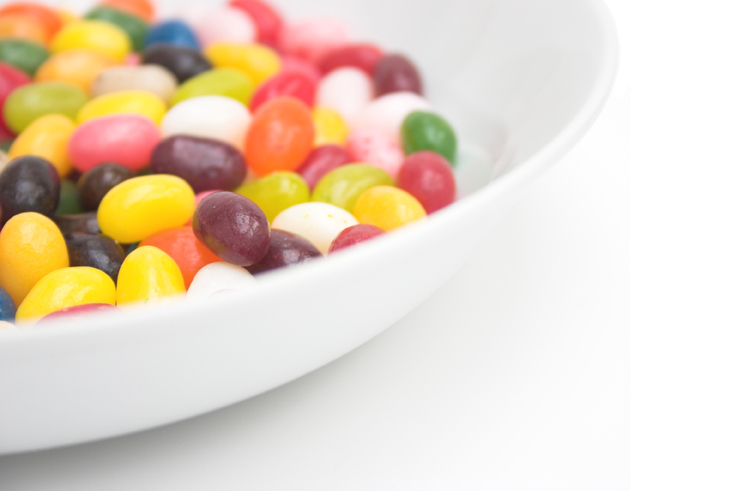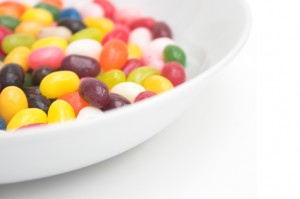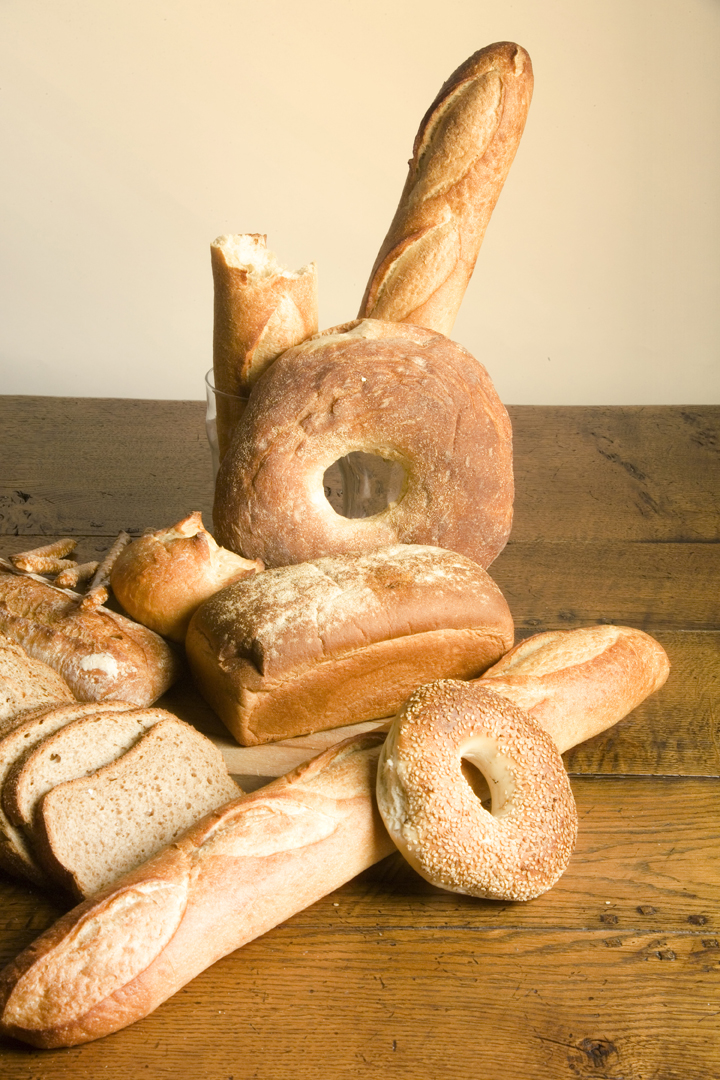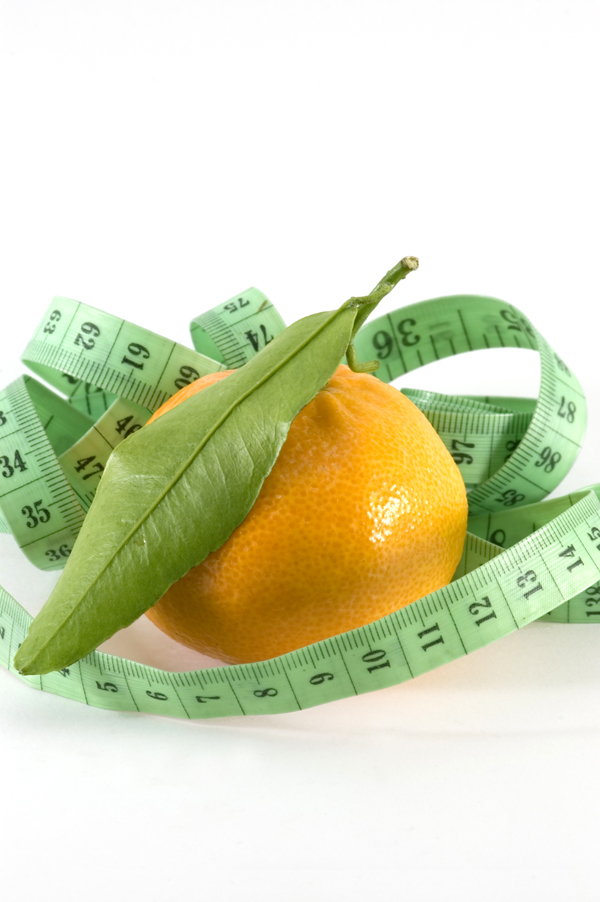Creators of the GI diet confide that by eating a selection of foods will assist in managing your hunger cravings. By having a leash on your appetite you may be able to achieve your weight goals and lose weight on your body.
GI is an abbreviation for the glycemic index, which is a systemised ranking scale, from 1 to 100t, indicating the rate of which different foods will digest in the human body and how quickly the food produces glucose after consumption. The GI index was originally created to assist people diagnosed with diabetes to manage their blood glucose levels, but today it is being utilised, more and more, to assist people interested in losing weight and suppressing hunger urges.
How does the GI diet work?
In the process of consuming low GI foods, they leave you feeling fuller for longer. The reason for this is the the low GI foods you have consumed takes a greater duration of time to absorb into your body. Consequently, your appetite will be lowered over a greater period, thus negating the desire for you to snack or over eat, and steering you away from the cycles of obesity. Today, the majority of the food that the western society consumes tends to be high GI foods with copious amounts of sugar, such as fast food, processed and packed food items. Eating these foods will digest in your body sooner and cause hunger cravings a short time after.
According to GI diet recommendations eating foods identified as low GI foods are suitable for a good GI diet plan. Low GI foods are numbered between 1 and 55 on the glycemic index food chart. If you intend to undergo a GI diet, some examples of foods with a low glycemic index are tofu, skim milk, sweet potatoes, kidney beans and fish.
Medium GI foods have a glycemic index score between 56 to 69 and are recommended to be eaten in moderation. High GI foods are food the go beyond 70 points and these should be avoided or rarely eaten wile on a GI diet.
A GI diet may be suitable for you, particularly if you are constantly confronted with overeating issues and have difficulties controlling your weight. By understanding the glycemic index, you would be able to organise your GI diet meal plan better. When you undergo a GI diet, you will begin to comprehend the relationship between how you purchase food and by making changes to the way you eat, can have a dramatic influence to how your body functions. By replacing white bread with wholemeal or mult-grain and eating sweet potatoes instead of ordinary potatoes you may find that you have more energy and feel the need to eat less often. You may also find yourself in an exciting food adventure by exploring new foods you wouldn’t regularly eat such as bulgur wheat, tofu and barley.
The best way to control your appetite and suppress your hunger pangs is through a good GI diet menu plan. Through menu planning your body will be able to know when to expect food and what kinds of food you should be eating.
A solid GI diet is not complete without a consistent exercise regime, and controlled eating habits. Be aware that the glycemic index acts as a guide, rather than the rule. The GI chart depicts the level of glucose and how your body reacts to the glucose once digested, so not every low GI food is deemed as healthy. Potato crisps, as an example, is listed as having a GI score of 54. Though chips are low in sugar, they are also high in starch and fat. It is recommended that you use your common sense in situations like these.



















